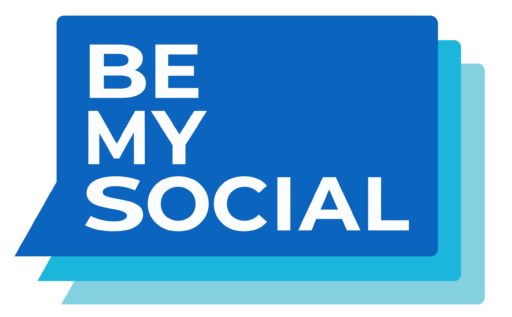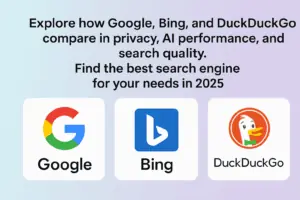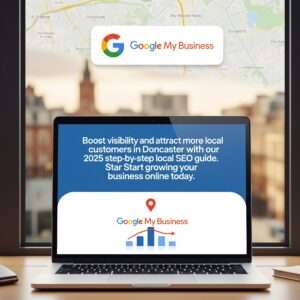Writing copy is a unique and specialised skill that companies and digital marketing agencies use to enhance their business model. Writing marketing copy should not be confused with news writing, emailing, ad copy or any other textual construct, marketing copy is its own artform.
Engaging marketing copy will draw on a range of elements that are used in the aforementioned copy strategies. It also features a distinct, and unique base of fundamentals that target specific purposes and goals.
If you’re wondering how you can tap into engaging marketing copy, read on.
What is Marketing Copy?
Content marketing focuses on attracting and retaining customers, as well as developing brand awareness, while copy creation focuses on persuading customers to take action, this could involve anything, from making a phone call to making a purchase.
Before mobiles and computers took control of our day-to-day lives, content marketing and copywriting featured different characteristics that made them easily identifiable as separate entities. In today’s digital marketing scene, there is a lot of blending between the two, which means that it’s no longer the case.
What Makes Effective Marketing Copy Appeal to an Audience?
Typically, there isn’t a single style or strategy that fits into every copy format.
There are many factors that culminate to form the brief of a single genre of copy, from character limits, to the purpose of the copy itself.
For example, a product description and brand guidelines are two forms of copy that will require different methods to attain success. The length, language, presentation and intent behind both of these formats will provide opposite results, with a product description consisting of a short, snappy and descriptive text base, and brand guidelines requiring a more formal approach with a longform copy foundation.
In brief, you should take the following into account if you want to write more constructive and engaging copy creation:
- Identify the specific type of content that is required
- Work within the criteria of that format, recognise character limits, SEO elements and other relevant framework
- Build a connection with the reader, applying a human touch is a great way to appeal to an audience
- Start with a high note, and end with one: An engaging, thought-provoking opening, with a call to action at the end to make the copy more instructive.
- Ensure you use the right tool for the job. Choose the best fit for the piece of content you are planning to develop,
Conclusion
Your customers appreciate a quick, helpful response when they reach out. Your potential customers look for this when they’re ready to make purchasing decisions.
Your professionalism, response time and consistency in responding to customers are all factors that can help or hinder your growth.
Our team is ready to help. Please get in touch with us at Be My Social when you’re ready to learn more about engaging copy creation for you business.










